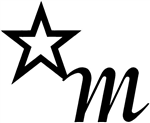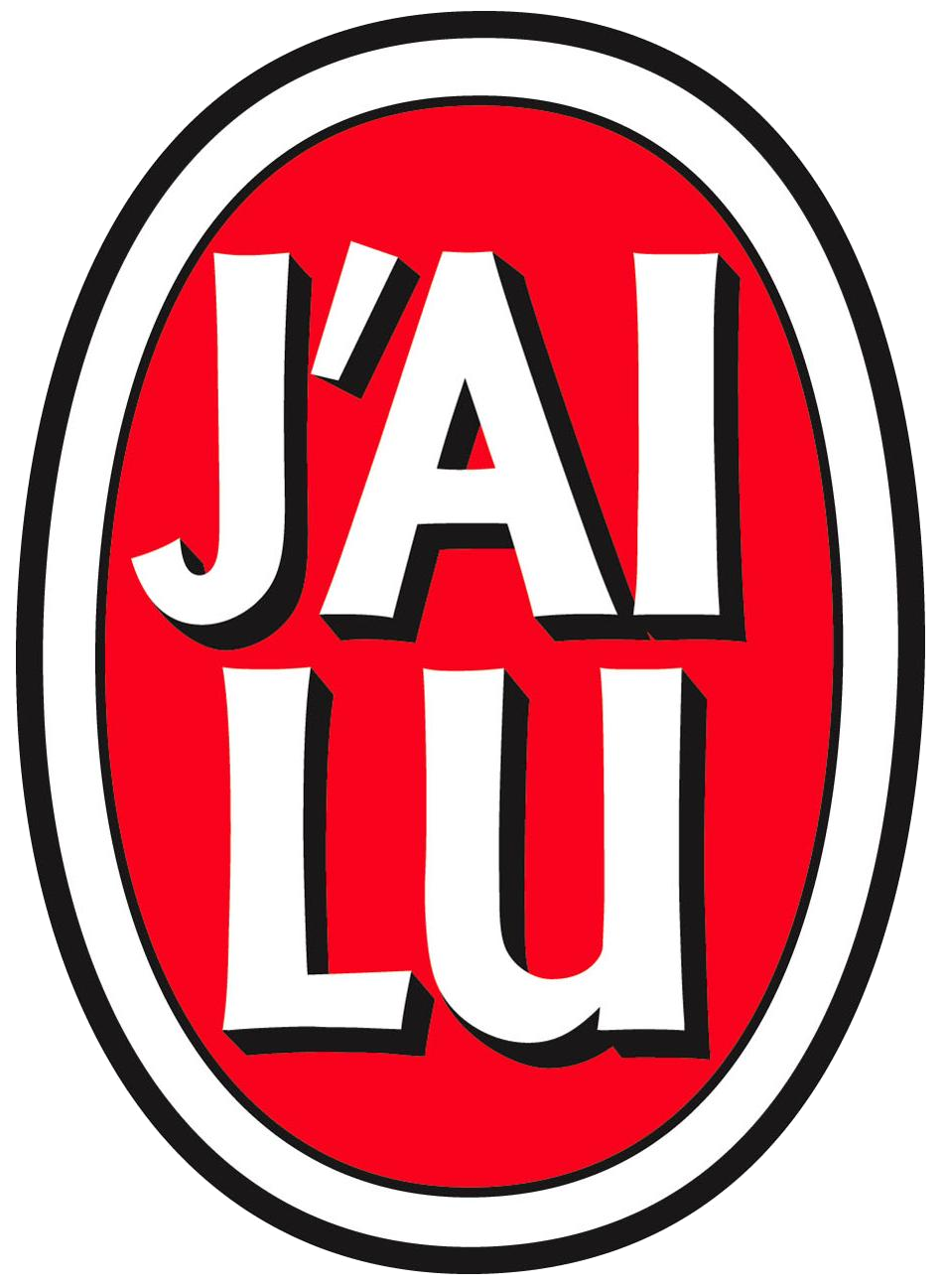Bisquine (Éditions de la): contact et modalités de dépôt d'un manuscrit
Les livres des Editions de la Bisquine donnent un nouvel éclairage à "hauteur d’homme ou de femme" sur l'Histoire.
Contact
Site Web
https://www.editions-labisquine.com/Téléphone
0660730207Adresse
34 Jardins Boieldieu, 92800 Puteaux FranceSite Web
https://www.editions-labisquine.com/Téléphone
0660730207Adresse
34 Jardins Boieldieu, 92800 Puteaux FranceDépôt de manuscrits
Par voie postale:
Service des manuscrits34 Jardins Boieldieu
92800 Puteaux
France
Maisons d'éditions similaires :
Calmann-Lévy

La Martinière
Camion blanc
Camion blanc (Editions), fondées par Sébastien Raizer et Fabrice Revolon en 1992, est une maison d'édition spécialisée dans la musique dont le slogan est « L'éditeur qui véhicule le rock ! ». Le siège social de l'entreprise est situé à Rosières-en-Haye en Meurthe-et-Moselle.
Wikipédia
Sonneur (Éditions du)
Fondées en 2005, les Éditions du Sonneur sont nées de l'envie de partager leur goût du livre et de la littérature, avec trois objectifs :
- publier des textes inédits et des textes oubliés ou méconnus dignes de vivre ou de revivre, d’être découverts ou retrouvés.
- éditer peu de titres, mais les accompagner assez longtemps pour qu’ils trouvent leurs lecteurs. Des ouvrages auxquels on revient et avec lesquels on vit. Bref, le contraire de la surproduction et de la grande consommation littéraire.
- ajouter au plaisir de découvrir des textes celui de lire des livres fabriqués avec soin.

IRD Orstom

Grandes personnes (Editions)
Géorama

Minuit (Les Editions de)

J'ai lu
Jouvence
Les éditions Jouvence revendiquent fièrement une stature humaine, une véritable « maison » du livre, avec des auteurs passionnés, le tout « inspiré » et chapeauté par son éditeur Jacques Maire.
Les Éditions Jouvence sont spécialisées dans le bien-être au sens général :
Santé,
Alimentation,
Thérapie de santé,
Psychologie,
Développement personnel,
Écologie,
Spiritualité ;
…en trois mots : Corps-Âme-Esprit !
Avec près de 800 titres et 250 auteurs « actifs » qui tous, dans leur diversité, transmettent un même message : rendre notre démarche plus authentique, plus sincère, plus généreuse et… oser sortir parfois des chemins (trop) consensuels pour tester et trouver notre propre voie. Pour faciliter votre lecture, nous avons créé des mises en évidence de points forts de notre approche du bien-être, où nous pensons avoir un engagement sincère et une expertise reconnue parmi lesquels la naturopathie, la Communication NonViolente, la spiritualité, la psychologie positive.
Modalité d'envois
Responsables des ouvrages publiés, les Editions de la Bisquine garantissent à l’auteur un travail éditorial sérieux visant à l’inscrire dans le cadre d’une collection, d’un catalogue.
La maison travaille à compte d’éditeur : signature avec l’auteur d’un contrat en conformité avec l’accord du 1er décembre 2014 signé par le CPE (Conseil Permanent des Ecrivains) et le SNE (Syndicat National de l’Edition) dont les dispositions ont été rendues obligatoires pour tous les auteurs et tous les éditeurs du secteur du livre, le 10 décembre 2014, par le Ministère de la Culture (Vu l’Article L.132-17-8 du Code de la Propriété Intellectuelle). Le 29 juin 2017, a été signé par ces trois parties un nouvel accord interprofessionnel qui prolonge et encadre certaines pratiques de l’édition.
La maison d’édition rémunère l'auteur selon le pourcentage prévu dans le contrat, calculé sur le prix public hors taxes du livre dès le premier exemplaire vendu.
En respect de la loi, les Editions de la Bisquine attribuent un numéro d'ISBN à chaque ouvrage et satisfont aux obligations du Dépôt Légal. Le Dépôt Légal a attribué un numéro d’ISSN à chaque collection qui figurera sur chaque exemplaire appartenant à une collection.
La maison d’édition publie et met à jour régulièrement un catalogue de ses productions (aussi sur les réseaux sociaux et son site Internet) et le distribue via les réseaux appropriés (libraires, sites Internet, bibliothèques, salons, particuliers).
La promotion des ouvrages est de la responsabilité des Editions de la Bisquine ; référencement dans les principales bases bibliographiques et commerciales, envoi d'informations aux médias et aux réseaux concernés, présence dans certaines manifestations professionnelles et mise en œuvre de tout autre moyen jugé utile et pertinent. A sa demande, l’auteur pourra être associé à la démarche promotionnelle.
La maison d’édition respecte les usages de la profession dans les relations avec les auteurs, les autres éditeurs, les circuits de diffusion et de distribution, les libraires et les bibliothécaires.
Les Editions de la Bisquine espèrent, grâce aux auteurs et leurs textes, apporter aux lecteurs à la fois de l’intérêt et de l’émotion pour mieux apprendre à connaître les temps qui nous ont précédés et en tirer enseignement.